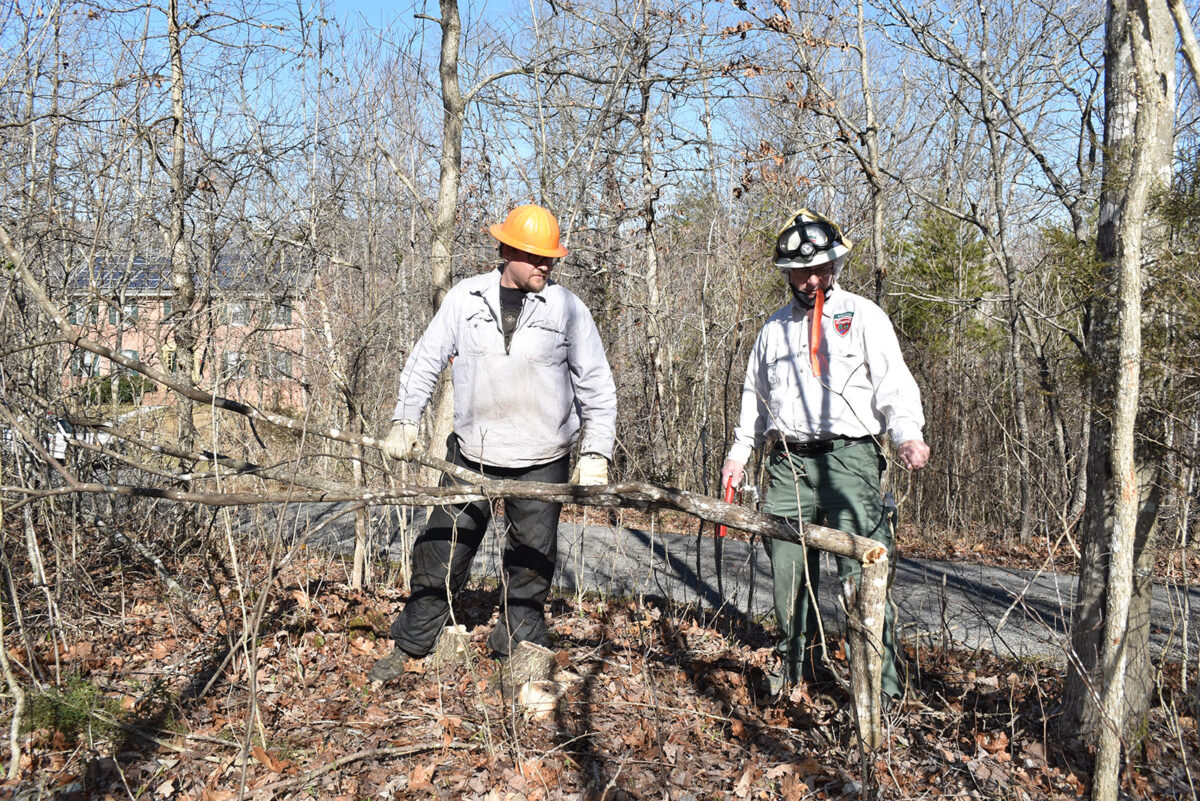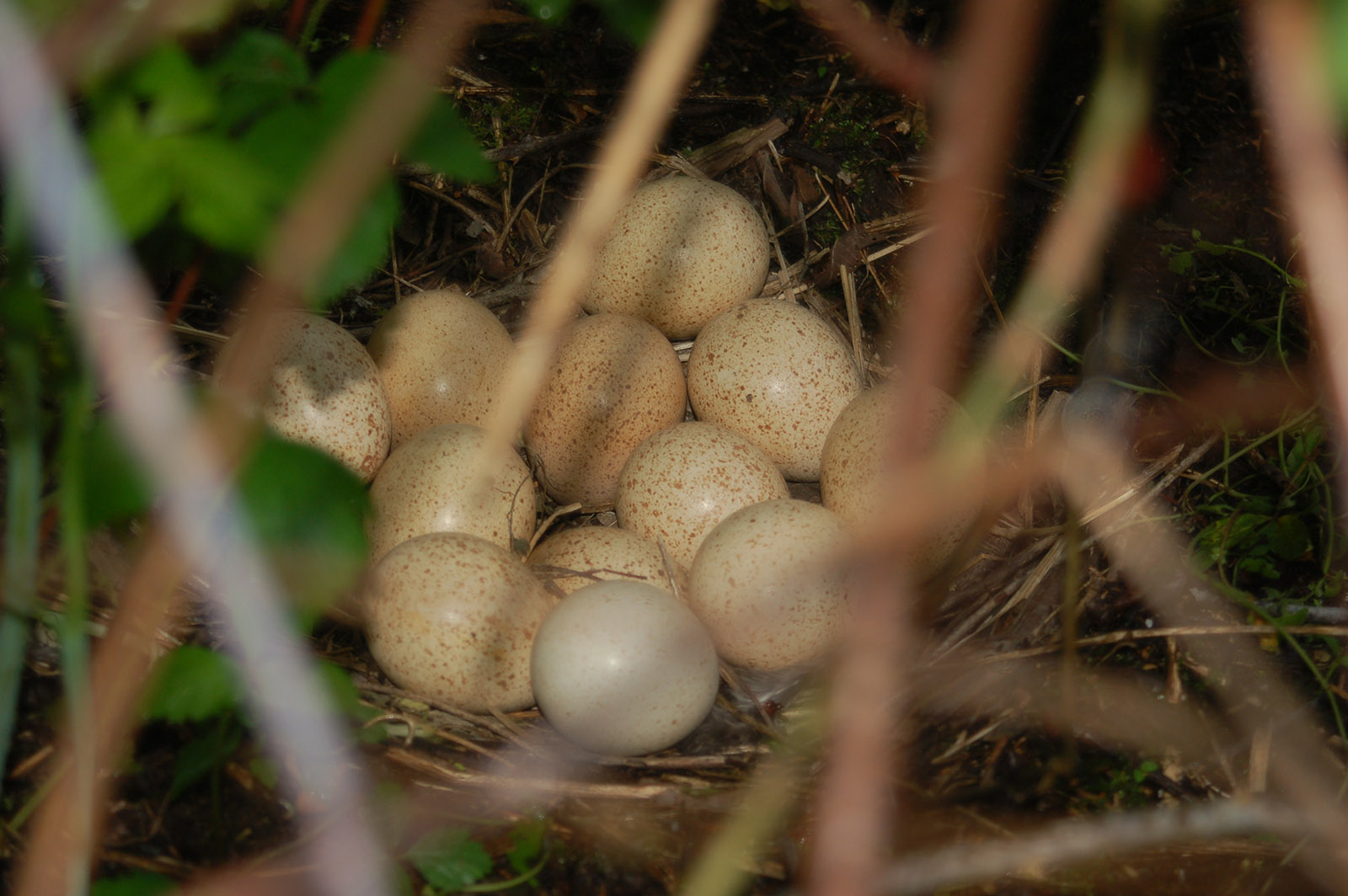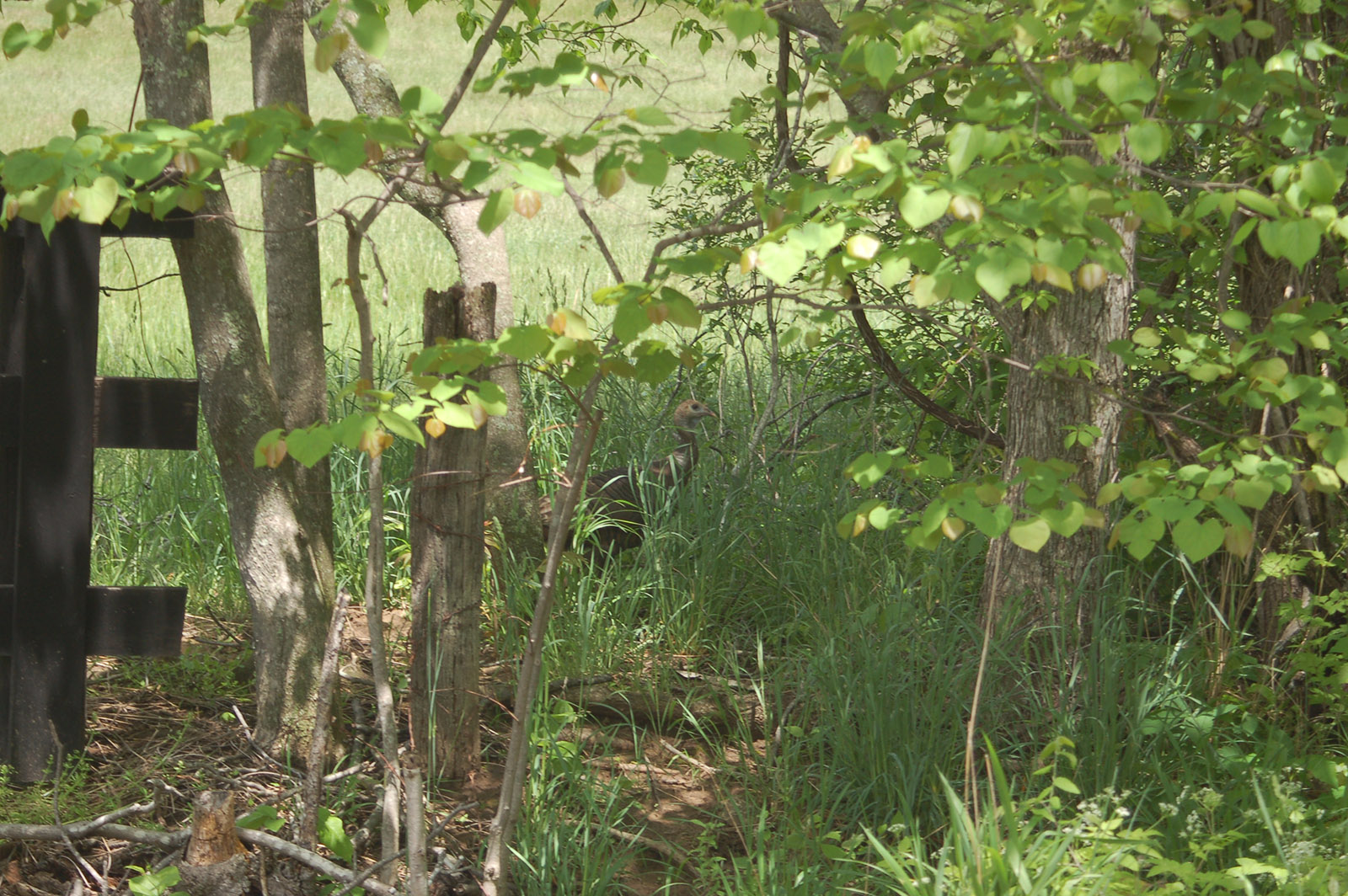By Bruce Ingram
Photos by Bruce Ingram
One of the biggest issues facing gamebirds such as turkeys, grouse, and quail, as well as ground-nesting songbirds, is the scarcity (and sometimes even void) of brooding and nesting habitat. This problem is why many species of both game and nongame birds have experienced population declines not only in Virginia, but also across the entire East.
Mike Dye, the upland gamebird biologist for the Virginia Department of Wildlife Resources (DWR), agrees about the extent of the issue.
“Throughout much of the Northeast and Southeast, too, land use has changed in recent decades as forests have become older and less diverse,” Dye said. “It used to be that there would be forests of many different ages on the landscape, as well as fields in different stages from agriculture to shrubby growth. Now, basically, we have older forests and open fields and very little in between.”
Dye adds that brushy, scrubby habitat is great for nesting turkeys and grouse as well as many ground-nesting songbirds that prefer to nest in thickets. What’s more, that same habitat is wonderful for turkey poults, grouse chicks, and songbirds (and their young) such as brown thrashers, towhees, chestnut-sided warblers, white-eyed vireos, and yellow-breasted chats that forage for insects and/or native plant seeds. In short, outstanding nesting habitat and brooding habitat are both crucial.
Dye notes many habitat improvement projects can help both our game and songbirds. Hinge cutting and girdling unwanted trees can allow more sunlight to reach the ground, as can numerous small, scattered clear-cuts. Again, diversity in the ages of forests and fields is a plus.

Hinge-cutting trees like redbuds and maples can create more ground cover.
Finally, Dye encourages landowners to implement habitat work during the cold weather period especially and “to park the bush hog if at all possible” come spring and keep it there until nesting season is well over. The biologist says that one study showed that some 10 percent of turkey nests were destroyed by mowing. When turkey numbers have declined already, that 10 percent figure can be especially devastating to an area’s population recovery.

A wild turkey nest. Put away the bush hog until turkey poults have had a chance to hatch and grow larger.
Stephen Living, DWR’s habitat education coordinator, agrees with Dye and adds that habitat work is best performed at the end of winter to prepare for new spring growth while maintaining winter cover as long as possible.
Jimmy Mootz, DWR’s hunter education team lead, says that no matter the size of the property, both rural and suburban property owners can conduct projects to help avian species. “For example, on my one-acre lot in Powhatan County, I’ve cut maples and sweet gum, thinning these trees around oaks, and left some American hollies, cedars, and pines for their thermal cover and mast,” said Mootz. “I’ve also sprayed invasive plants like Japanese stilt grass. The result is that oaks have benefitted from more sunlight and grown larger and produced more mast while native plants, such as milkweed, ragwort, and tick-trefoil, have positively responded to more sunlight and appeared from the seedbank.”
Seven years ago, Mootz purchased 75 acres in rural Buckingham that had been clear-cut some 20 years ago, almost in its entirety. Timber cutting and thinning, when done the right way (such as protecting riparian zones and creating a number of small, scattered, irregularly shaped cuts of different ages) can be very beneficial to game and song birds. Done the wrong way—as Mootz’s place was (or when high graded as in removing all the oaks and other mast producing hardwoods)—can result in a bird desert.
In short, says Mootz, his land was a mess of 10- to 15-foot-tall tulip poplar and maple trees. The outcome was that there was virtually no food source on the ground. “When I first bought the land, the thing that struck me the most was that I did not hear a single bird singing, and the only birds I saw were a few crows flying overhead,” Mootz recalled. “The first thing I did to remedy that situation was create some access roads into the clear-cut so I could determine what needed to be done, and also put a little light onto the ground for beneficial plants to emerge from the seed bank. Within a few years, I had patches of blackberries and lowbush blueberries—excellent native plants that provide food, cover, and brooding areas for turkeys and quail as well as songbirds.”

Can you spot the turkey hen in this photo? Hens need habitat like this for brooding and nesting.
Of course, native soft mast producers are not the only flora to emerge from the seed bank after ground disturbance occurs. Across Virginia, invasive trees, shrubs, and plants such as Ailanthus (also known as tree of heaven or paradise tree), autumn olive, multi-flora rose, and sericea lespedeza, also appear, and have to be chemically treated or they will quickly form monocultures.
Often the next step for landowners such as Mootz or others who have rural land that has been clear-cut and allowed to regenerate naturally, is to thin around regenerating oaks, hickories, walnuts and other hard mast-producing hardwoods. Crop tree release also can prove beneficial. Then make sure soft mast producers such as dogwoods, American hollies, paw paws, and persimmons are either protected or can be planted. Mootz adds that planting sorghum, clover, and chicory provides places for game birds and song birds to search for insects.
Living notes that many native flowers do a superior job of attracting insects as well. A planting that encompasses some warm season grasses with native wildflowers ensures bare ground for bugging while supporting lots of insects. Manage these areas with burning, light discing or mowing in that order of preference.
Mootz and Living listed the following as sources that provide help and information to landowners:
Virginia Department of Forestry
Soil and Water Conservation Districts
County extension agents
Local chapters of conservation organizations such as the National Wild Turkey Federation, National Deer Association, Ruffed Grouse Society, and Quail Forever.


